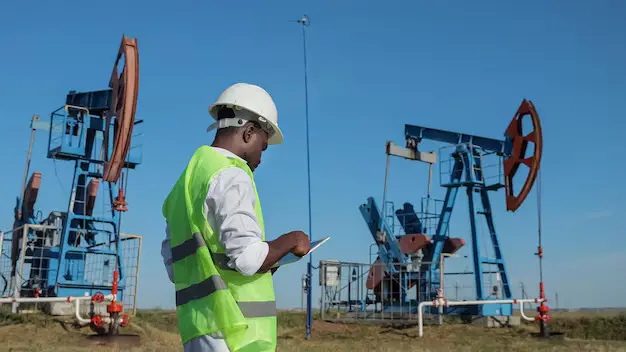
What is natural resource mangement? Everything You Need to Know About That
Industries & Technologies
"Smart natural resources" refers to the application of advanced technologies like the Internet of Things (IoT), artificial intelligence (AI), big data analytics, blockchain, and automation to optimize the sustainable management, extraction, and utilization of natural resources. This approach enhances efficiency, reduces waste, and minimizes environmental impact.
Key Components of Smart Natural Resources Management:
- IoT & Sensors
- Real-time monitoring of water, soil, forests, and minerals.
- Smart agriculture: Precision farming using soil moisture sensors, drones, and automated irrigation.
- Smart mining: Equipment sensors for predictive maintenance and safety.
- AI & Big Data Analytics
- Predictive modeling for resource availability (e.g., water, oil, minerals).
- AI-driven energy optimization in oil & gas extraction.
- Forest monitoring using satellite imagery and AI to prevent illegal logging.
- Blockchain for Transparency
- Tracking sustainable sourcing (e.g., conflict-free minerals, certified timber).
- Smart contracts for fair resource distribution (e.g., water rights, carbon credits).
- Renewable Energy & Smart Grids
- Intelligent energy grids balancing solar, wind, and hydropower.
- AI-driven demand forecasting to reduce energy waste.
- Automation & Robotics
- Autonomous vehicles in mining and logging to improve safety.
- Robotic sorting in recycling plants for better waste managemen

Benefits of Smart Natural Resource Management:
✅ Efficiency – Reduced waste, optimized extraction, and energy use.
✅ Sustainability – Lower environmental footprint, conservation of ecosystems.
✅ Cost Savings – Predictive maintenance reduces downtime in industries like mining and oil.
✅ Transparency – Blockchain ensures ethical sourcing and reduces corruption.
✅ Resilience – Better disaster prediction (e.g., droughts, floods) using AI models.
Examples in Practice:
- Smart Water Management: Cities using IoT sensors to detect leaks and optimize usage.
- Precision Agriculture: Farmers using AI to apply fertilizers only where needed.
- Smart Mining: Rio Tinto’s autonomous trucks and drilling systems in Australia.
- Forest Protection: AI-powered satellite monitoring to combat deforestation in the Amazon.
Future Trends:
- Circular Economy Integration: Smart recycling and waste-to-energy systems.
- Digital Twins: Virtual models of mines, forests, or water systems for simulation and optimization.
- AI-Powered Climate Adaptation: Predicting resource scarcity due to climate change.